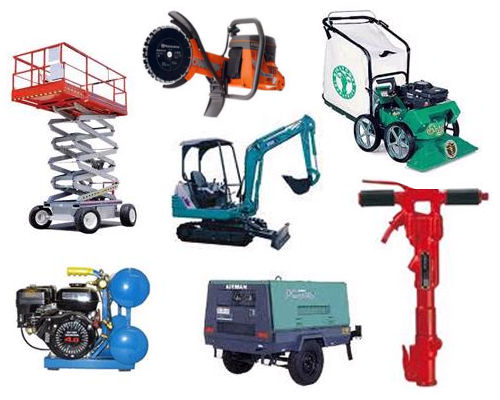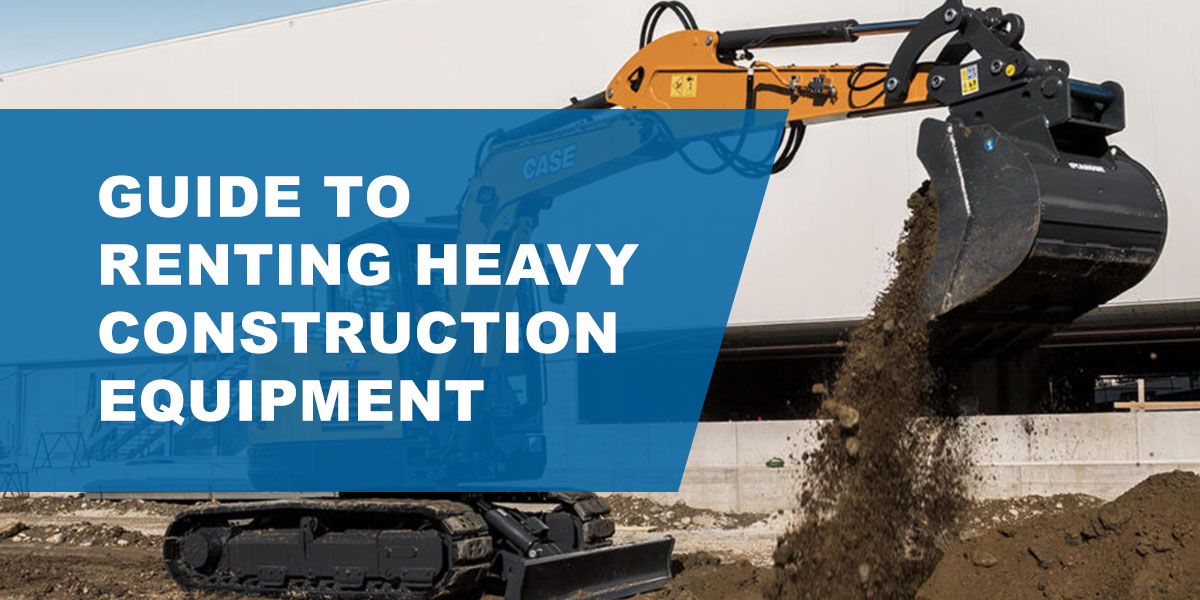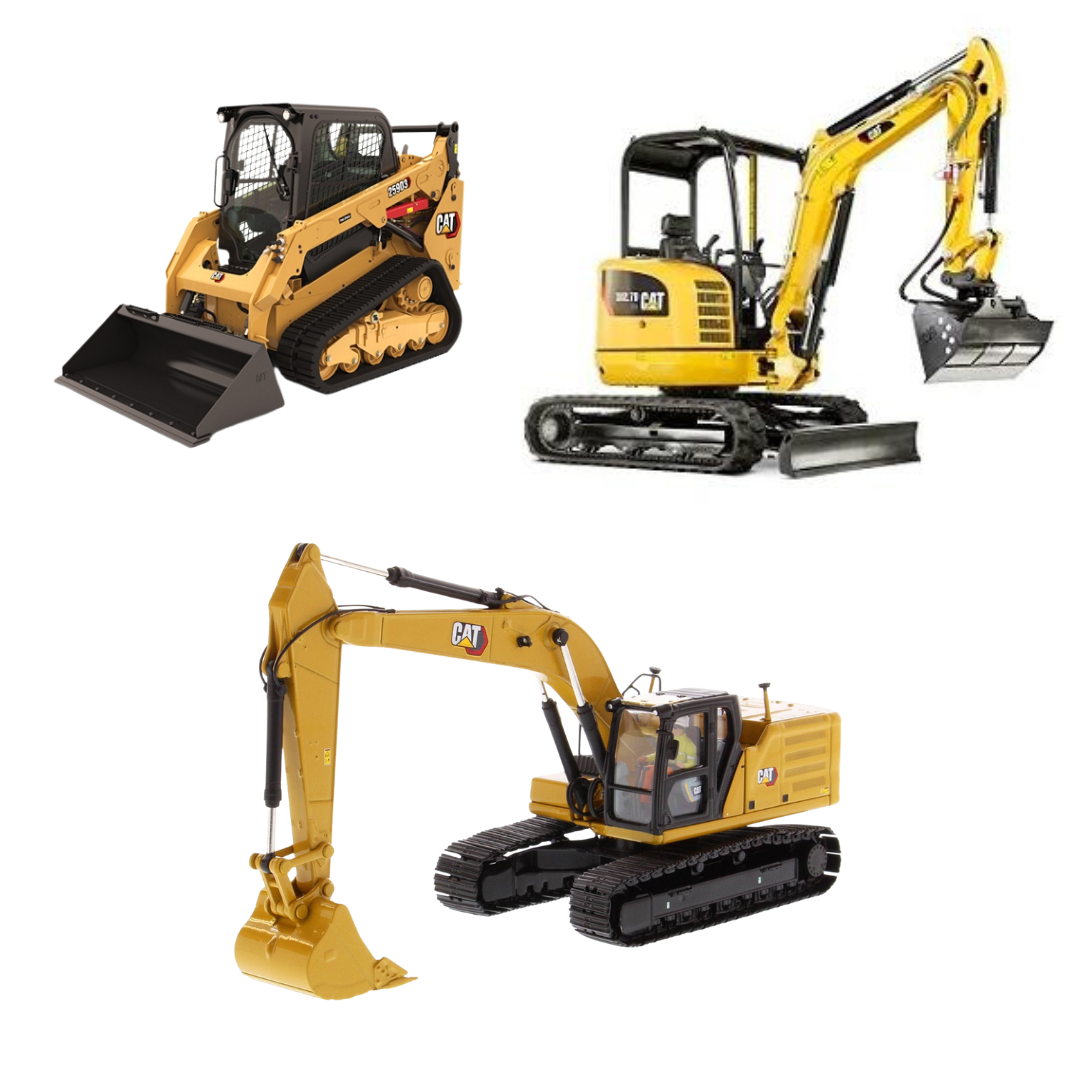Construction Equipment Rentals: Strong Equipment for Your Jobs
Wiki Article
Optimize Your Spending Plan by Understanding the Costs Connected With Building And Construction Equipment Leasings
Comprehending the complete scope of expenses connected with construction tools leasings is crucial for maximizing your budget plan. What strategies can be used to successfully take care of these expenses and guarantee a more effective rental experience?Introduction of Rental Expenses
When thinking about building and construction devices services, comprehending the associated expenses is vital for efficient budgeting and job planning. Rental prices can vary substantially based upon a number of aspects, including equipment kind, period of leasing, and location. The preliminary rental fee usually shows the tools's market demand and its linked operational abilities, affecting the overall expenditure.Along with the base rental rate, secondary costs might arise, such as transportation costs, fuel surcharges, and upkeep charges. It is necessary to make up these extra costs to properly evaluate the complete price of renting devices. The rental period can impact prices; longer leasings might certify for affordable rates, while short-term rentals may incur greater day-to-day costs.

Failure of Rental Prices
A comprehensive understanding of rental prices is essential for contractors and project supervisors intending to maximize their budget plans. Rental rates for building equipment generally consist of several parts, consisting of base prices, time-based charges, and usage costs.Base prices are the core fees related to the rental of the tools, usually figured out by the type and size of the equipment. These prices can vary significantly, affected by aspects such as devices demand, schedule, and regional market trends. Time-based costs, which may be daily, weekly, or monthly, serve to suit various job timelines and rental durations.
In addition, rental prices might consist of usage fees, which are appropriate when equipment is made use of past a specified limit, making sure that the rental business can account for damage. Seasonal need changes can also influence rental prices, with peak construction periods commonly commanding greater prices.
Furthermore, recognizing the rental company's plans pertaining to upkeep and insurance coverage can offer additional insight into the total expense framework. By evaluating these parts, specialists can make enlightened decisions, making certain the choice of rental tools aligns with both job needs and budget plan restraints.
Added Costs to Take Into Consideration
Recognizing the details of additional fees is vital for service providers to handle their overall rental expenses efficiently. Beyond the common rental prices, numerous additional fees can substantially affect the overall expense of tools service. These fees frequently include delivery and pickup charges, which can vary based on distance and logistics associated with transporting the equipment to and from the work website.In addition, some rental firms might enforce fuel surcharges if the equipment is returned with much less gas than when rented out. It is likewise important to be conscious of prospective cleaning fees, specifically for customized devices that needs extensive maintenance after use.

Thoroughly assessing the rental contract and making clear these added charges ahead of time can assist professionals make sure and avoid unanticipated expenses that spending plans remain undamaged throughout the project lifecycle.
Upkeep and Repair Work Expenses
Normal upkeep and repair service expenses site here are usually ignored factors that can substantially influence the general price of building equipment leasings. When renting out anonymous devices, it is critical to think about not just the rental fees however additionally the potential expenses related to keeping the equipment in optimum operating condition.Lots of rental companies include fundamental upkeep as part of the rental contract; nonetheless, more substantial repairs or unexpected malfunctions can result in extra costs. It's important to evaluate the rental contract very carefully to recognize what upkeep solutions are covered and what duties fall on the tenant.
Moreover, tools that is not properly maintained can lead to inefficiencies on the task website, possibly triggering hold-ups and boosting task prices. To minimize these threats, it is suggested to conduct regular inspections and maintain open interaction with the rental service provider concerning any type of concerns that arise throughout use.
Insurance Coverage and Obligation Expenses
Insurance and liability prices are essential components that can dramatically affect the overall expense of construction devices leasings (heavy equipment rental). These prices Bonuses make sure that both the rental business and the client are shielded from possible monetary losses arising from crashes, damage, or burglary throughout the rental period
In addition, clients must know any kind of deductibles or exclusions in the insurance coverage, as these can impact possible out-of-pocket expenses. Recognizing the conditions of any type of insurance coverage is essential to prevent unanticipated costs. Inevitably, budgeting for insurance and obligation expenditures can help make certain a smoother rental experience and safeguard versus monetary threats related to building tasks.
Conclusion
In verdict, a thorough understanding of the prices linked with building and construction devices leasings is vital for efficient budget plan management. Ultimately, educated decision-making pertaining to devices leasings contributes to the total success of building and construction undertakings.Rental expenses can vary significantly based on numerous variables, consisting of tools type, duration of rental, and area (scissor lift rental). The rental period can influence prices; longer rentals may certify for reduced rates, while short-term services may incur greater daily charges
By performing detailed study and engaging with trusted rental firms, service providers can successfully navigate the intricacies of rental prices, ultimately optimizing their financial sources.
Past the common rental rates, different additional charges can significantly influence the complete price of equipment leasing. Rental companies commonly give liability insurance that covers injuries to third celebrations or damages to home, while tools damage insurance policy can cover the cost of repairs or replacement if the rented tools is damaged.
Report this wiki page